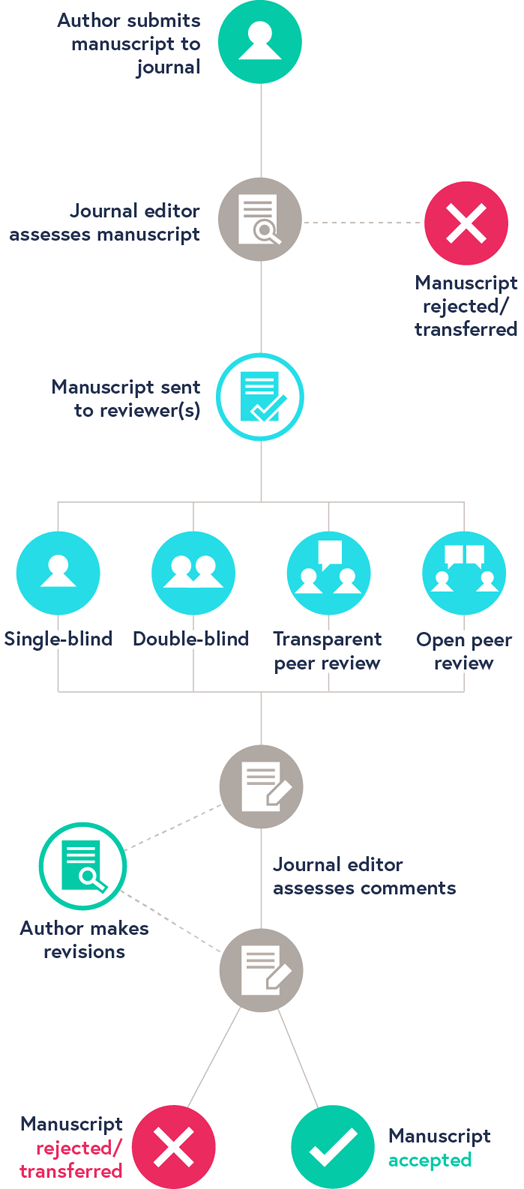Peer Review Policy
Peer Review Policy
Introduction to Peer Review Policy
What is peer review?
Peer review is the system used to assess the quality of a manuscript before it is published. Independent researchers in the relevant research area assess submitted manuscripts for originality, validity and significance to help editors determine whether a manuscript should be published in their journal.
How does it work?
When a manuscript is submitted to a journal, it is assessed to see if it meets the criteria for submission. If it does, the editorial team will select potential peer reviewers within the field of research to peer-review the manuscript and make recommendations.
There are four main types of peer review used by BMC:
- Single-blind: the reviewers know the names of the authors, but the authors do not know who reviewed their manuscript unless the reviewer chooses to sign their report.
- Double-blind: the reviewers do not know the names of the authors, and the authors do not know who reviewed their manuscript.
- Open peer:authors know who the reviewers are, and the reviewers know who the authors are. If the manuscript is accepted, the named reviewer reports are published alongside the article and the authors’ response to the reviewer.
- Transparent peer:the reviewers know the names of the authors, but the authors do not know who reviewed their manuscript unless the reviewer chooses to sign their report. If the manuscript is accepted, the anonymous reviewer reports are published alongside the article and the authors’ response to the reviewer.
Different journals use different types of peer review. You can find out which peer-review system is used by a particular journal in the journal’s ‘About’ page.
Why do peer review?
Peer review is an integral part of scientific publishing that confirms the validity of the manuscript. Peer reviewers are experts who volunteer their time to help improve the manuscripts they review. By undergoing peer review, manuscripts should become:
- ◈ More robust - peer reviewers may point out gaps in a paper that require more explanation or additional experiments.
- ◈ Easier to read - if parts of your paper are difficult to understand, reviewers can suggest changes.
- ◈ More useful - peer reviewers also consider the importance of your paper to others in your field.
How peer review works?

Our Peer Review Policy
Advances in Social Sciences Research Journal operates single blinded peer review system with rapid and thorough process through electronic submissions and communications. In this process the authors names and affiliations will be revealed to the reviewers, while authors are kept blinded from reviewer details.
The benefit of single-blind peer review is that it is the traditional model of peer review that many reviewers are comfortable with, and it facilitates a dispassionate critique of a manuscript.
Initial decisions are held by Editors-in-Chief and submitted manuscripts will undergo unbiased preliminary assessment for the suitability to the scope of the journals. As an extension to the process, the assessed manuscripts are forwarded to at-least two expert reviewers in the field. This is intended to advance the correctness, clarity, and wholeness of manuscripts and help editors to decide whether the manuscript has to be published or not. Reports from at least two reviewers will be taken in to consideration for the decision to accept or reject a manuscript. Editors can give the updated guidance to the reviewers when required. Reviewers are given 3 weeks to send their fair and constructive reviews to Editor, and Editors-in-Chief are aimed to take the final decision within 4 weeks from the manuscript submission.
In case of a negative decision from the editor, authors can challenge the decision with reasonable arguments. At the concerned editor’s discretion, manuscripts will be forwarded to additional reviewers and final decisions will be made in support with their implications.





